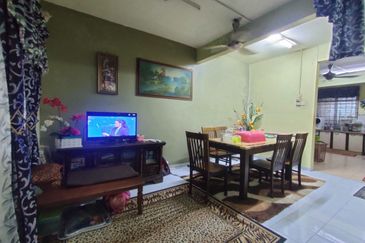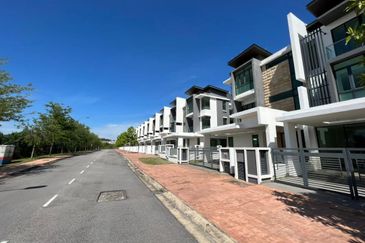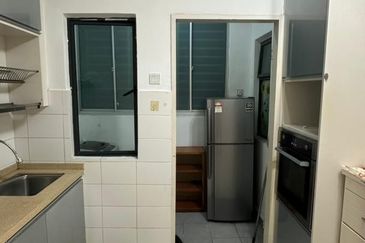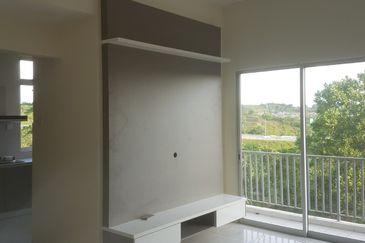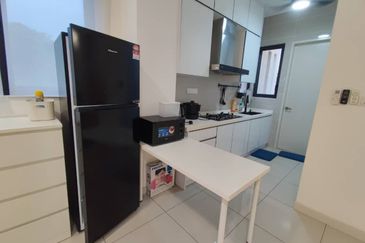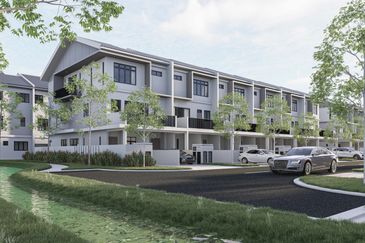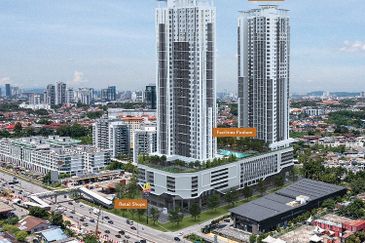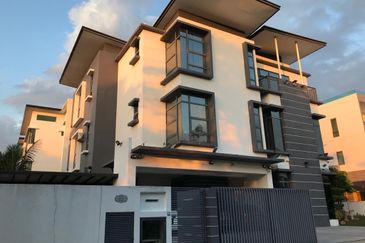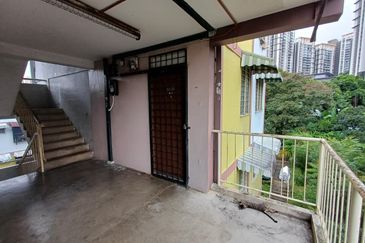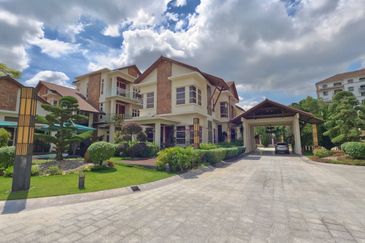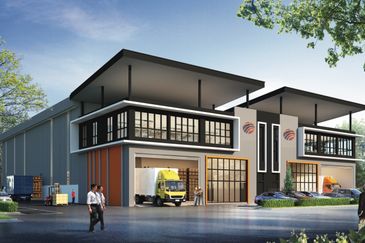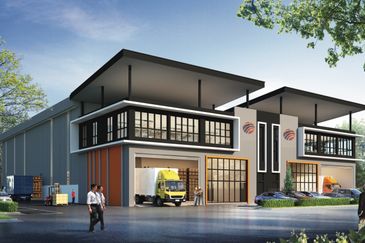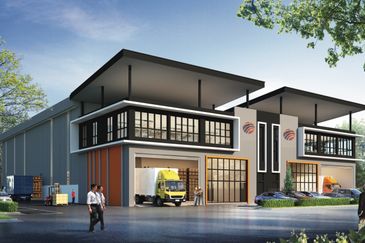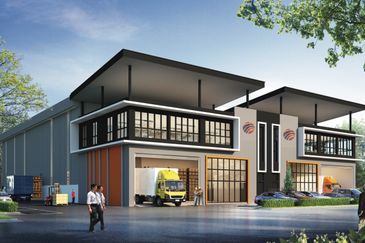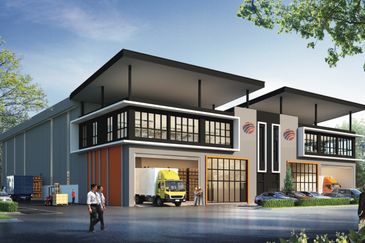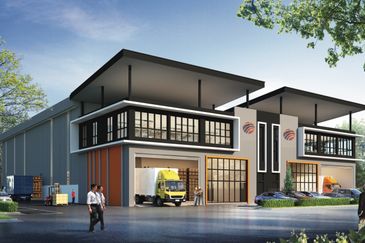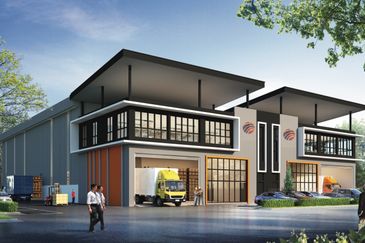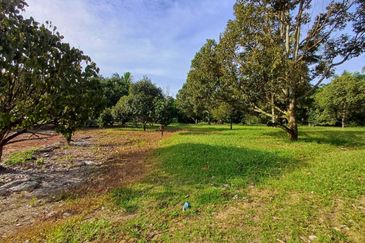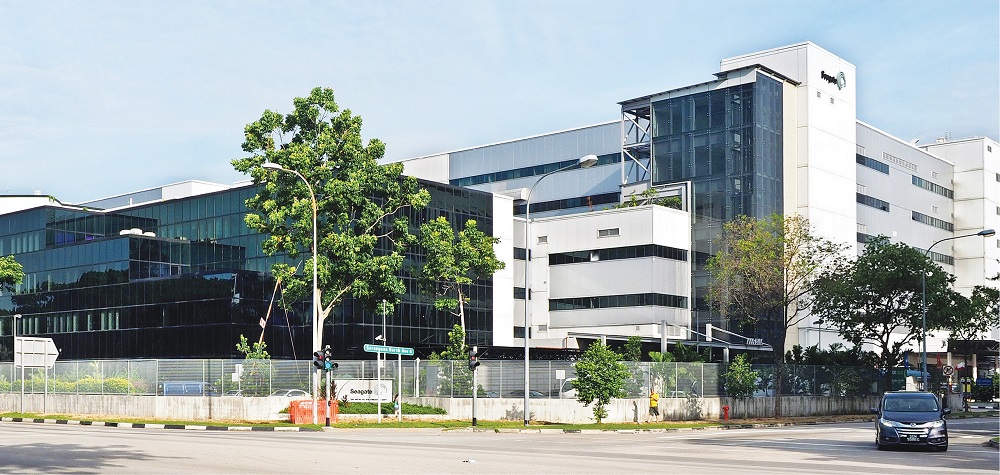
SINGAPORE (Sept 22): The proliferation of mobile devices and cloud-based e-commerce, as well as social media platforms such as WhatsApp, Facebook and Instagram, has led to a surge in demand for data storage space. And it is not just technology companies that are jumping on the bandwagon, but also property developers who see the opportunity in providing the properties to host these data centres.
Keppel launched the first data centre real estate investment trust (REIT) in the country called Keppel DC REIT, which was listed on the Singapore Exchange in December 2014. US-based data centre REIT Digital Realty may be listed on the New York Stock Exchange, but it also owns three properties in Singapore that will house data centres.
Other players are also getting into the act. For example, Ho Lee Construction, Evia Real Estate and their partners entered the data centre hosting business five years ago when they jointly purchased the former Seagate Technology building at 7000 Ang Mo Kio Avenue 5 for S$91.5 million (RM278.5 million). They spent another S$10 million retrofitting the one million sq ft building to turn it into an ideal environment for hosting data centres. The property has another 41 years left on its original 60-year lease.
Michael Tan, executive director of Ho Lee, realises the potential for hosting data centres. “In the past, we used to share one photo, but now with WhatsApp, Viber and Instagram, we can share photos and videos hundred times over,” he explains. “This means there is a need for more remote data storage space.”
Opportunity
The first data centre operator to enter the newly refurbished space at the premises on Ang Mo Kio Avenue 5 was US-based data centre co-location operator IO, which took up 177,000 sq ft. IO started operations in Singapore in 2013 after it invested more than S$30 million in the 177,000 sq ft data centre facility, and spent another S$5 million to enhance the security around the building premises.
The clients of data centre operators, especially multinational corporations, will want to lock in their leases with the operator for at least five to 10 years, with some even up to 15 years, says Tom Duncan, CBRE’s executive director on data centres.
Meanwhile, data centre operators, such as IO, tend to lock in their leases for at least 30 years, says Tan. Therefore, this makes data centre hosting facilities attractive as an investment, given the stability of rental income.
Gross rental yields tend to be lower at 5% to 6%, compared with the 7% to 8% yield for warehouse or factory space. However, the catch is that leases for warehouse and factory space tend to be shorter, with a typical warehouse lease averaging two to three years, and factory space five to seven years, he adds.
Besides IO, other companies that have located their data centres within the building on Ang Mo Kio Avenue 5 include Singapore Power and listed property group Wing Tai Holdings.
Only 20% of the one million sq ft space in the building is dedicated to hosting data centres. Another 60% of the space has been leased to other tenants such as Seagate, which continues to have a presence there; mobile phone camera lens maker Heptogen; and Evia’s Business Continuity Planning, a disaster recovery business.
So far, the building has an occupancy rate of 80%, with annual rents of S$20 million, of which data centre hosting constitutes 20% to 25%, or S$4 million to S$5 million. Based on the purchase price and renovations, the total cost of the building amounted to about S$100 million. This means that net yield on the investment is about 15%, reckons Tan.
Market size
Total data centre co-location market revenue in Singapore is said to have grown 13% from US$963 million in 2014 to US$1.09 billion in 2015. It is projected to grow another 16% to US$1.26 billion (RM5.22 billion) in 2016, according to the latest annual report on data centre supply released by Canada-based Structure Research in October 2015.
According to Structured Research, there are 36 data centres in the East, with the two largest clusters in the Tai Seng/Ubi area comprising 11 facilities and the Chai Chee area with another six. In the West, there are 18 facilities, with the two largest clusters of seven data centres each at the International Business Park and in the Ayer Rajah/Science Park area. There are another three in Woodlands and one in the Yishun area. Combined, these co-location data centres occupy about two million sq ft of industrial space in 2014.
Are data centres the answer to oversupply in industrial space?
The departure of some of the more labour-intensive manufacturing companies to lower-cost locations such as Malaysia, Indonesia and China has left an increasing number of industrial buildings and warehouses either unused or underutilised. The question is whether some of these industrial buildings and warehouses can be converted into data centres to meet the growing demand.
According to Christine Li, head of research at Cushman & Wakefield, not all factory or warehouse buildings can be converted for use by data centres. She sees a mismatch in terms of the quality of the buildings, such as the floor-to-ceiling height, floor loading factors and even floor layout.
Most of the older buildings do not have efficient space use, and it may be too costly for the owners to demolish and rebuild, observes Li.
This does not preclude some data centre operators from setting up shop in refurbished old warehouses or industrial buildings. For example, Digital Realty’s latest 177,000 sq ft, four-storey co-location data centre in the Loyang area used to be a warehouse. The facility opened in June.
Digital Realty’s first facility, in Jurong, is a 370,000 sq ft building, while its third and upcoming facility is in Loyang. The new facility will also be a 370,000 sq ft, purpose-built data centre facility.
Ho Lee and its consortium partners now see this as an opportune time to cash out. The group has already put their building on Ang Mo Kio Avenue 5 on the market. The indicative price tag is upwards of S$250 million, or S$300 psf of net lettable area.
Why are they divesting now? “We are hoping to sell the building to someone who has the expertise, track record and capability to attract more data centre operators to locate their facilities in the building in order to realise the building’s potential over the long term,” says Ho Lee’s Tan.
This article first appeared in The Edge Financial Daily, on Sept 22, 2016. Subscribe to The Edge Financial Daily here.


